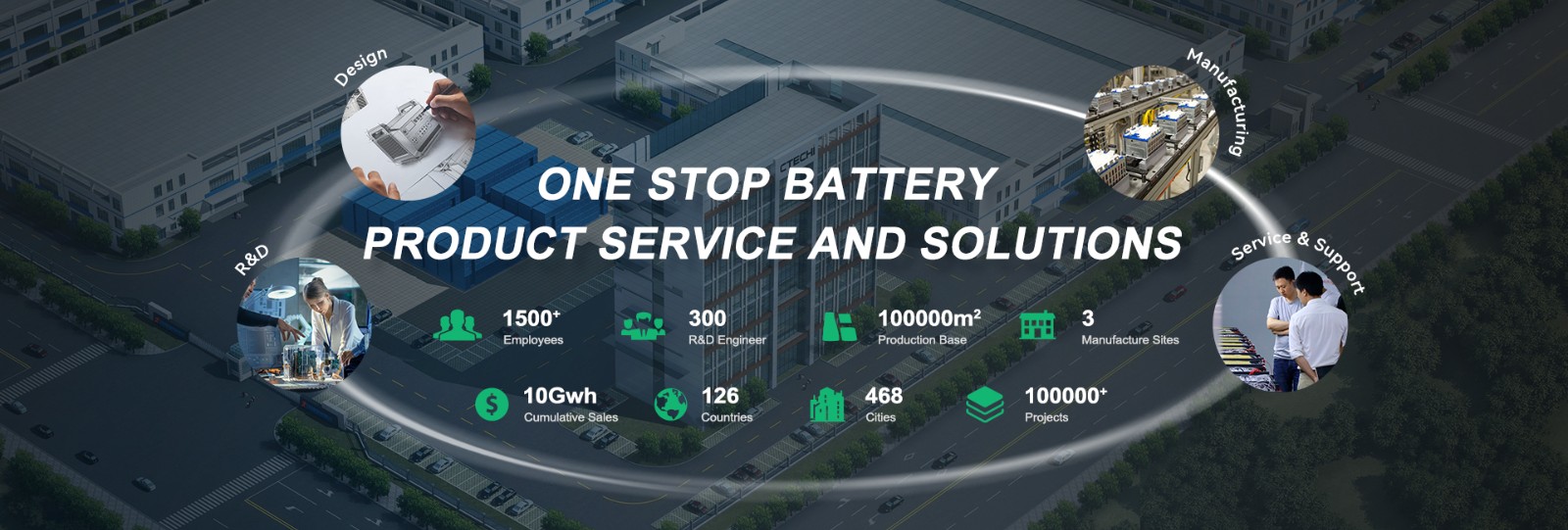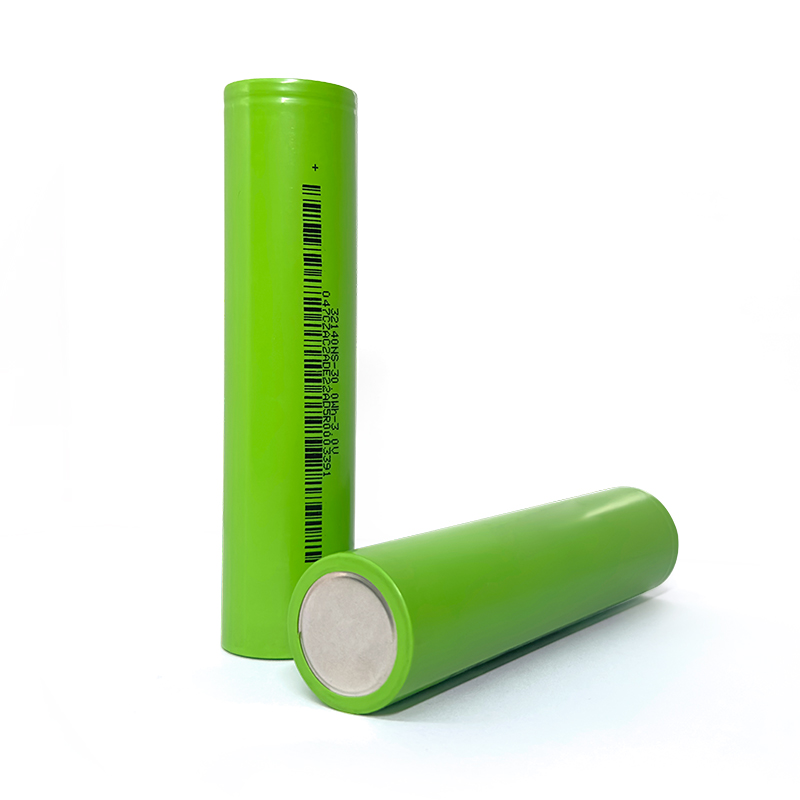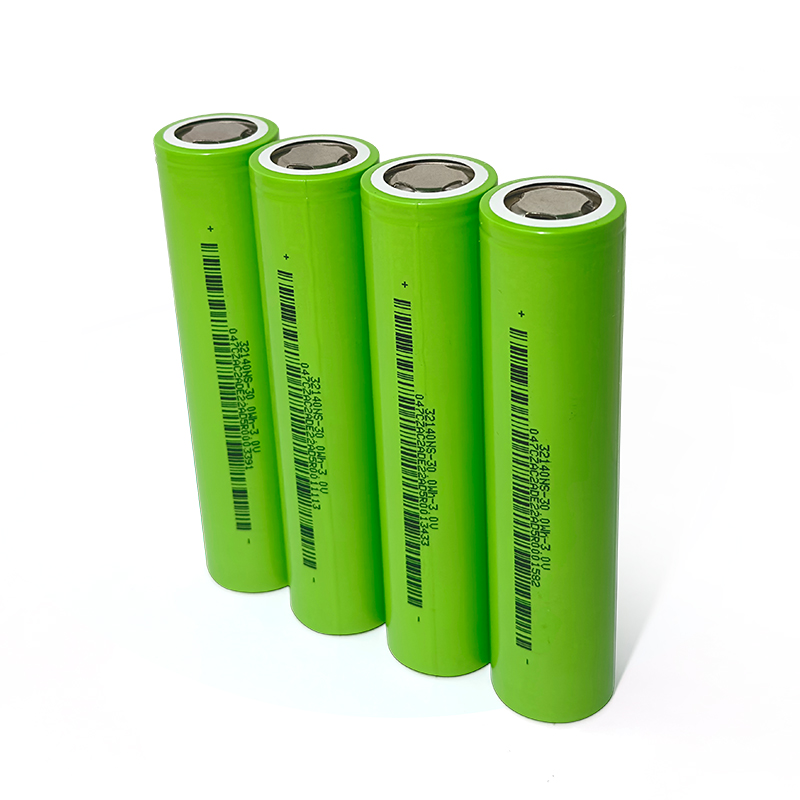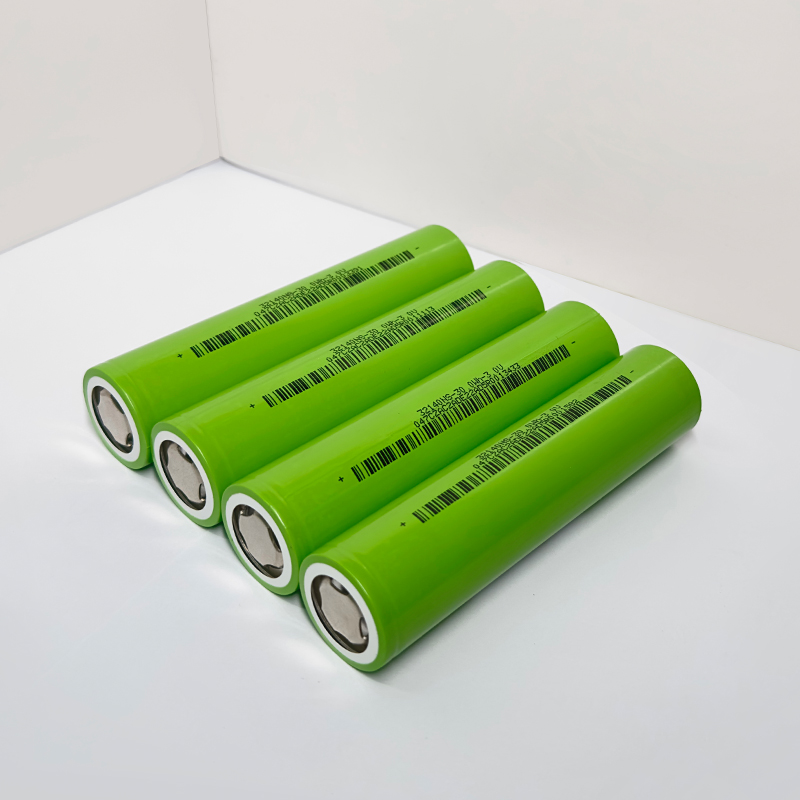1. Energy Storage Systems (ESS): Sodium-ion batteries can be used to store excess electricity generated by the grid, releasing it when demand is high to balance fluctuations in power supply and demand. This contributes to grid stability and reliability.
2. Integration of Renewable Energy: With the increasing deployment of renewable energy sources like solar and wind, the
intermittency of energy supply becomes a challenge. Sodium-ion batteries can store surplus renewable energy for use during periods of low generation, ensuring a steady energy supply.
3. Industrial Applications: Sodium-ion batteries can be utilized for energy storage in industrial equipment and processes,
especially in applications that require large energy reserves and frequent charge-discharge cycles.
4. Electric Vehicles: Although lithium-ion batteries dominate the electric vehicle market, sodium-ion batteries could offer a
cost-effective and sustainable alternatives, especially in certain developing countries.
5. Mobile Devices: Similar to lithium-ion batteries in mobile devices, sodium-ion batteries can power smartphones, tablets, and other portable electronics.
6. Microgrids and Remote Area Power: In remote areas lacking stable grid access, sodium-ion batteries can serve as part of microgrid systems, providing reliable power supply.
7. Emergency Backup Power: Sodium-ion batteries can act as backup power sources for critical facilities such as hospitals,laboratories, and communication facilities, ensuring continued operation during power outages.
8. Research and Development of Energy Storage Systems: Advancements in sodium-ion battery research and development can drive innovations for more efficient and durable energy storage technologies, fostering growth in the energy storage sector.




 sers.
sers. sers.
sers.
















